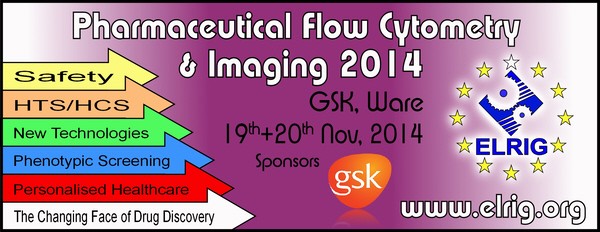Discussion
Authors: Angelika Foitzik, Stefan Letzsch, Matthias Fassler
Affiliations: PerkinElmer Inc.
High content imaging is a well-established technique for biological research and drug discovery to identify substances that alter the phenotype of a cell in a desired manner. However, using classical screening approaches, the pharmaceutical industry is facing huge challenges such as high attrition rates during drug development and drug market withdrawals caused by unforeseen side effects. The use of more physiological relevant cell model systems is seen as one of the most promising approaches to improve the success rate of drug development projects, and holds promise especially for increasing the translational power of in vitro toxicity assays. Including live cell assays in drug development projects to analyze kinetic responses on individual cell level might also help to increase the understanding of cellular drug responses. However, physiological relevant cell model systems like 3D cell cultures, iPS-derived cells, primary- and co-cultured cells, often show more complex phenotypes and require advanced imaging and analysis solutions. To address these needs we redesigned the renowned Opera® High Content Screening System with substantial technological innovations in optics and software. The new Opera Phenix™ High Content Screening System (Fig. 1) combines sensitive, large format sCMOS cameras, high power laser based excitation, innovative spinning disk confocal Synchrony Optics™and water immersion lenses to enable simultaneous acquisition of up to 4 channels with minimized spectral crosstalk for uncompromising speed and sensitivity.

